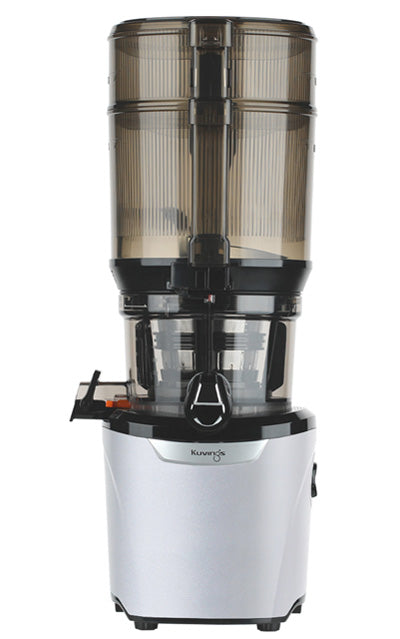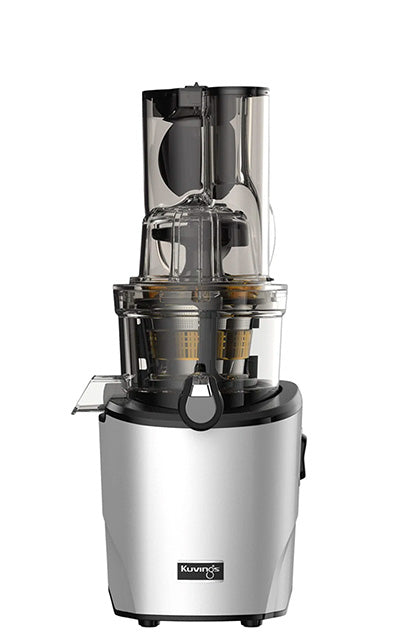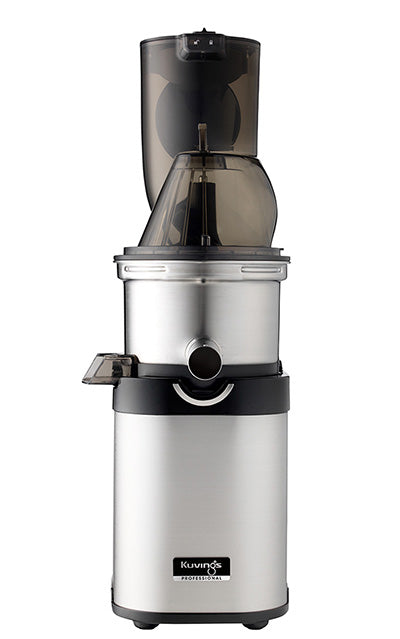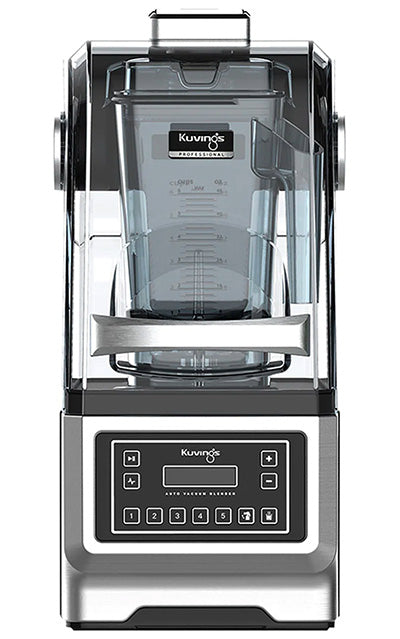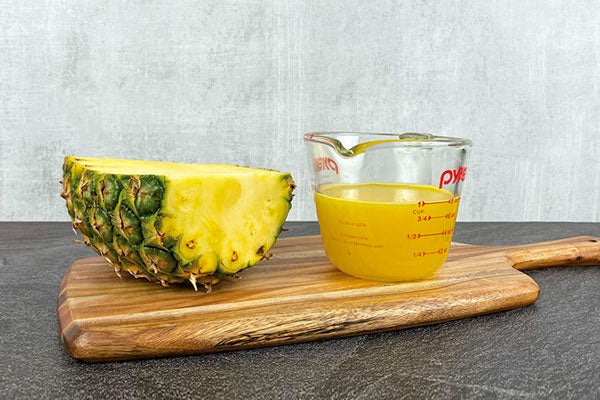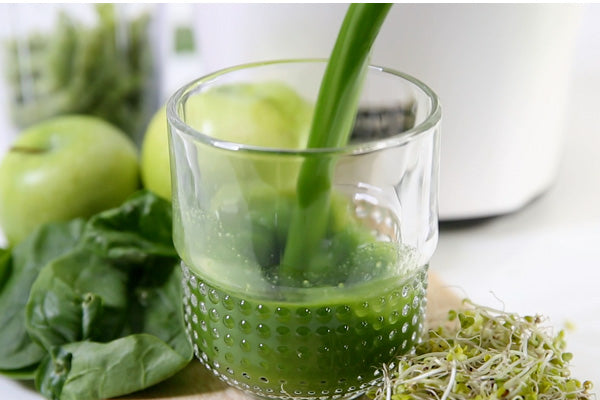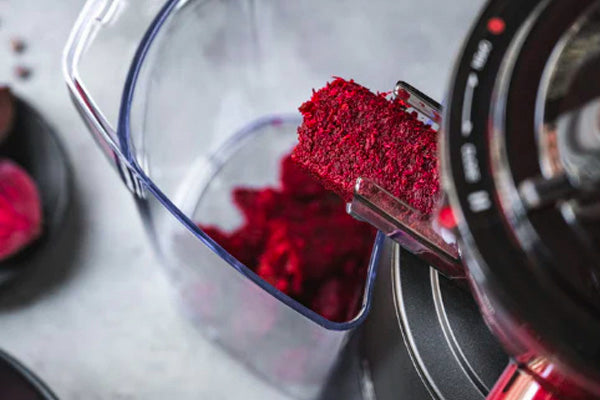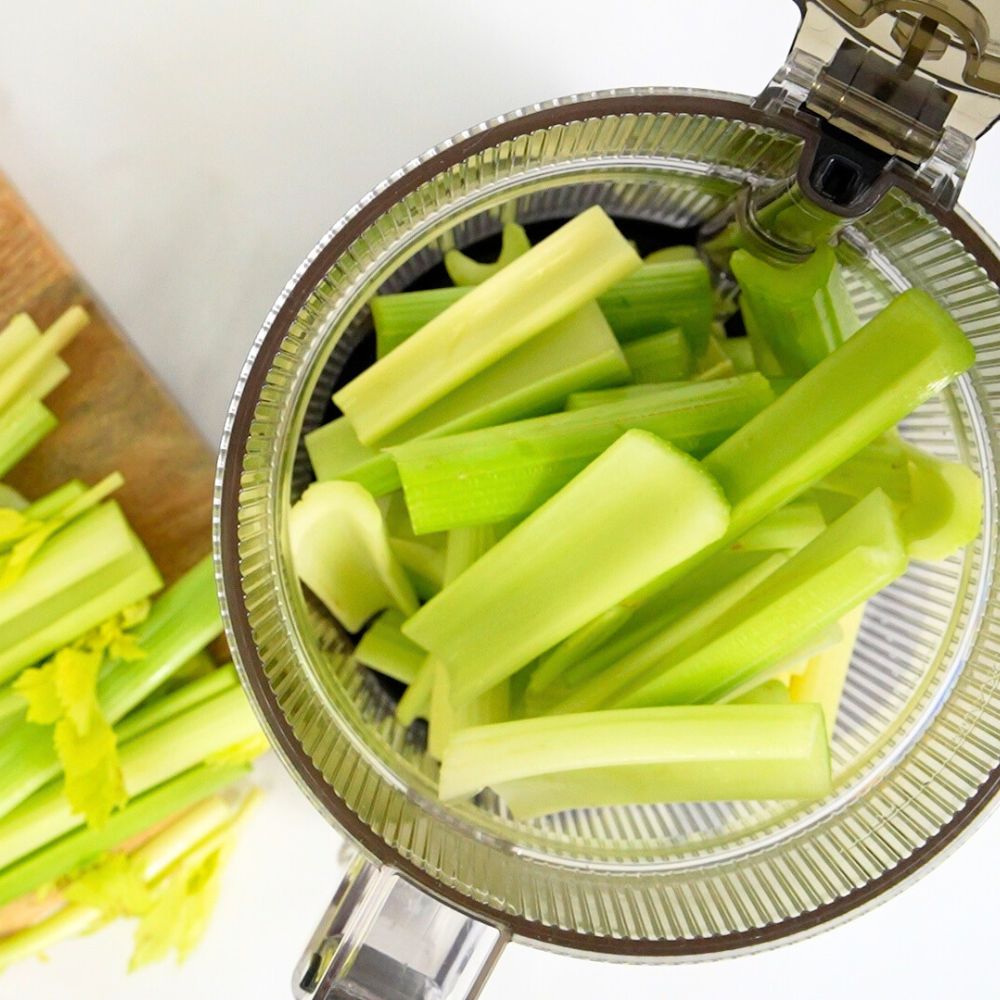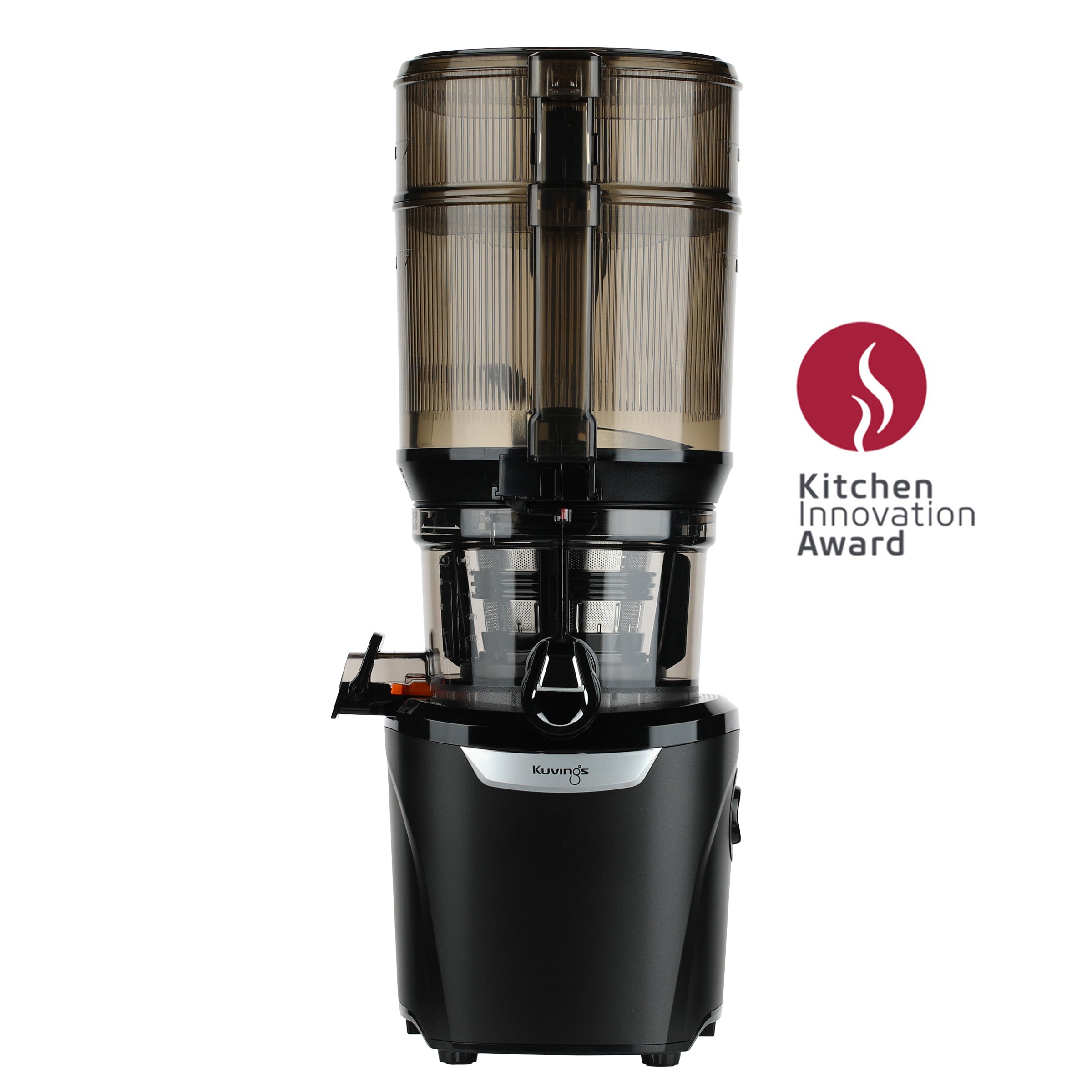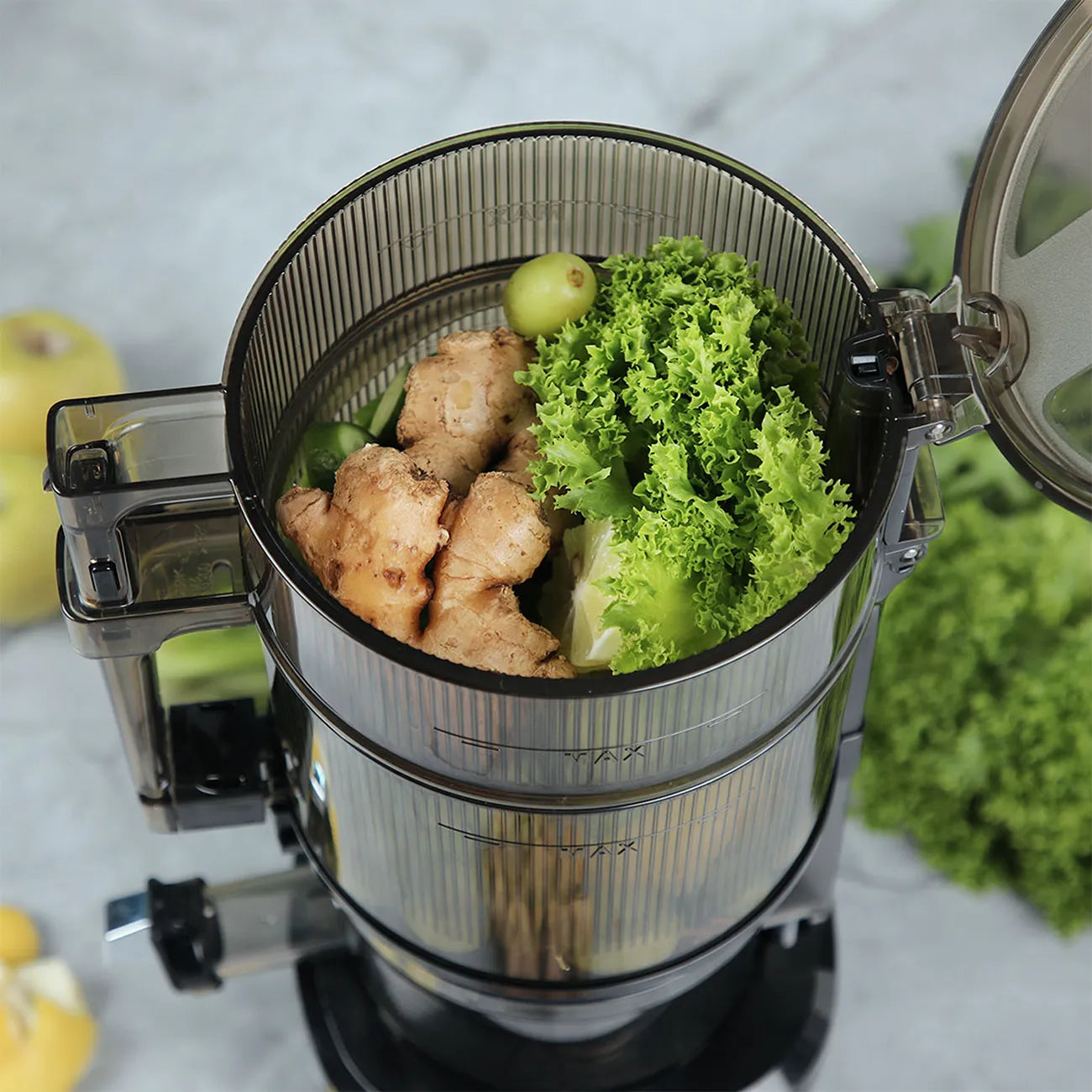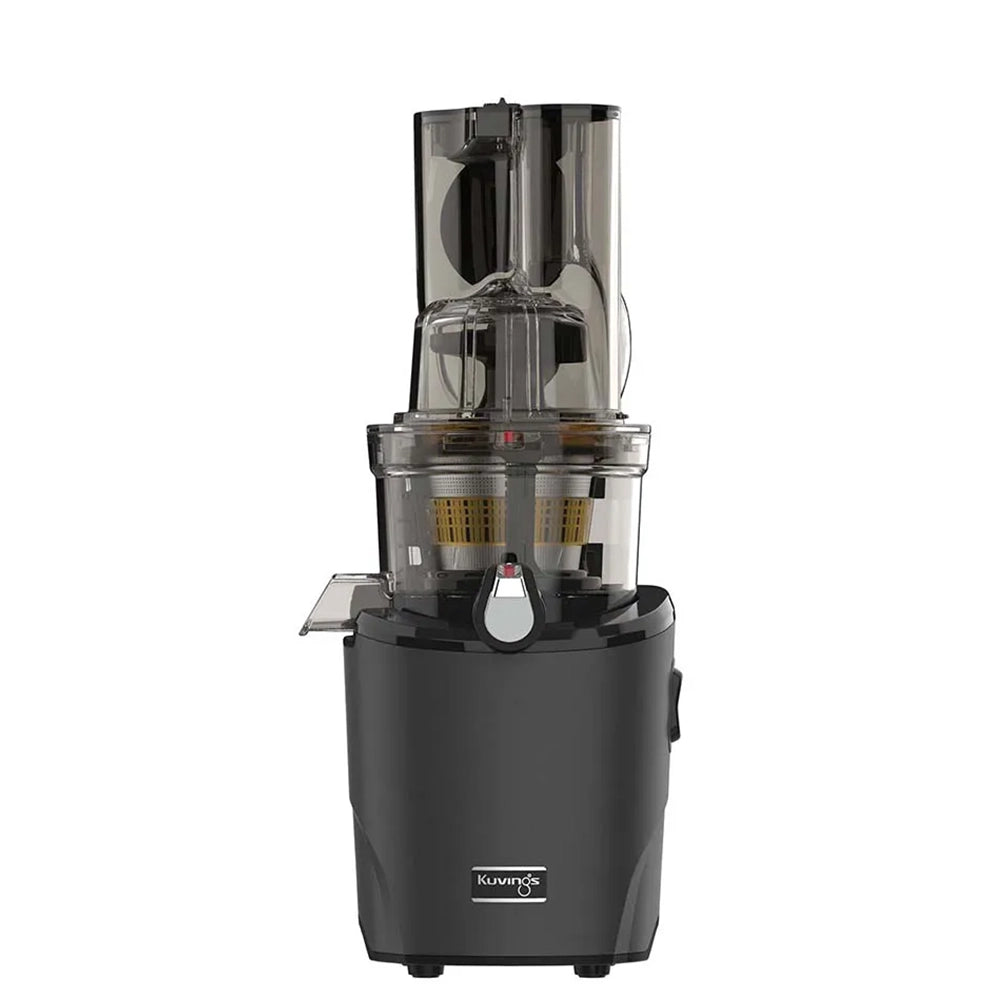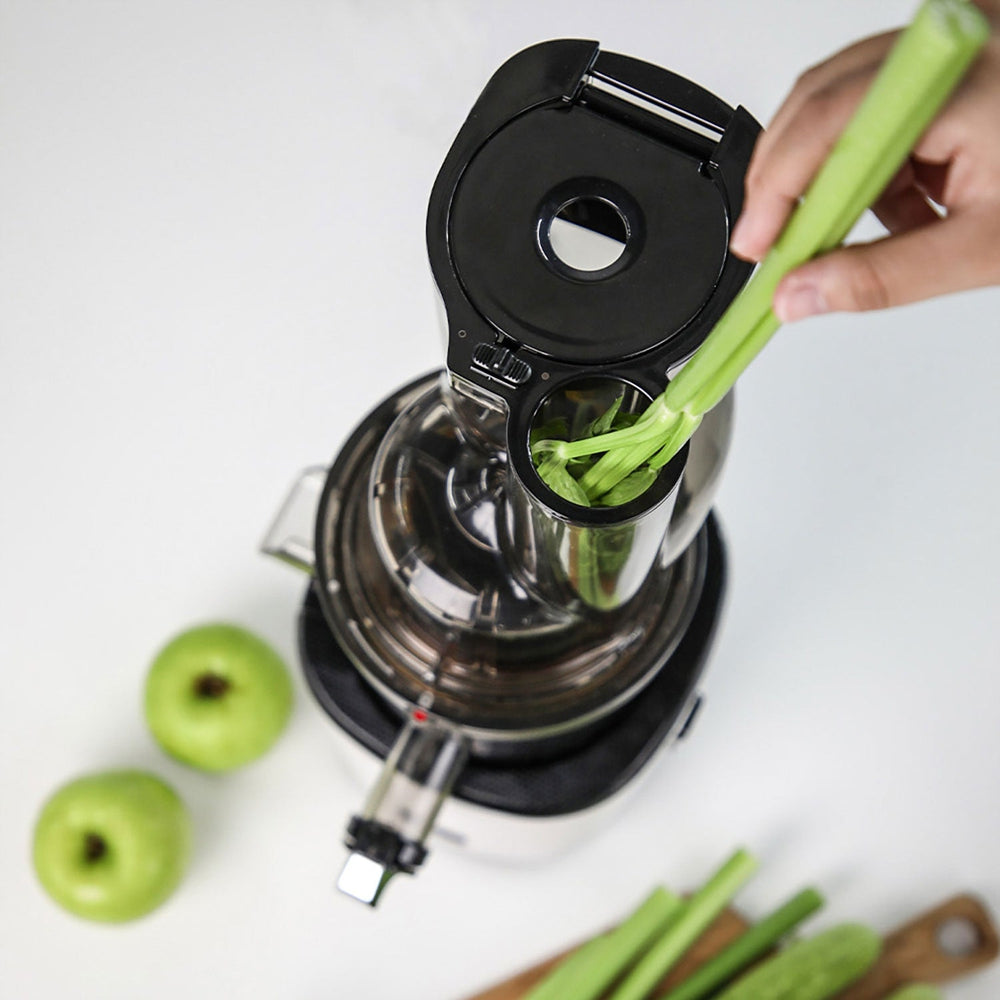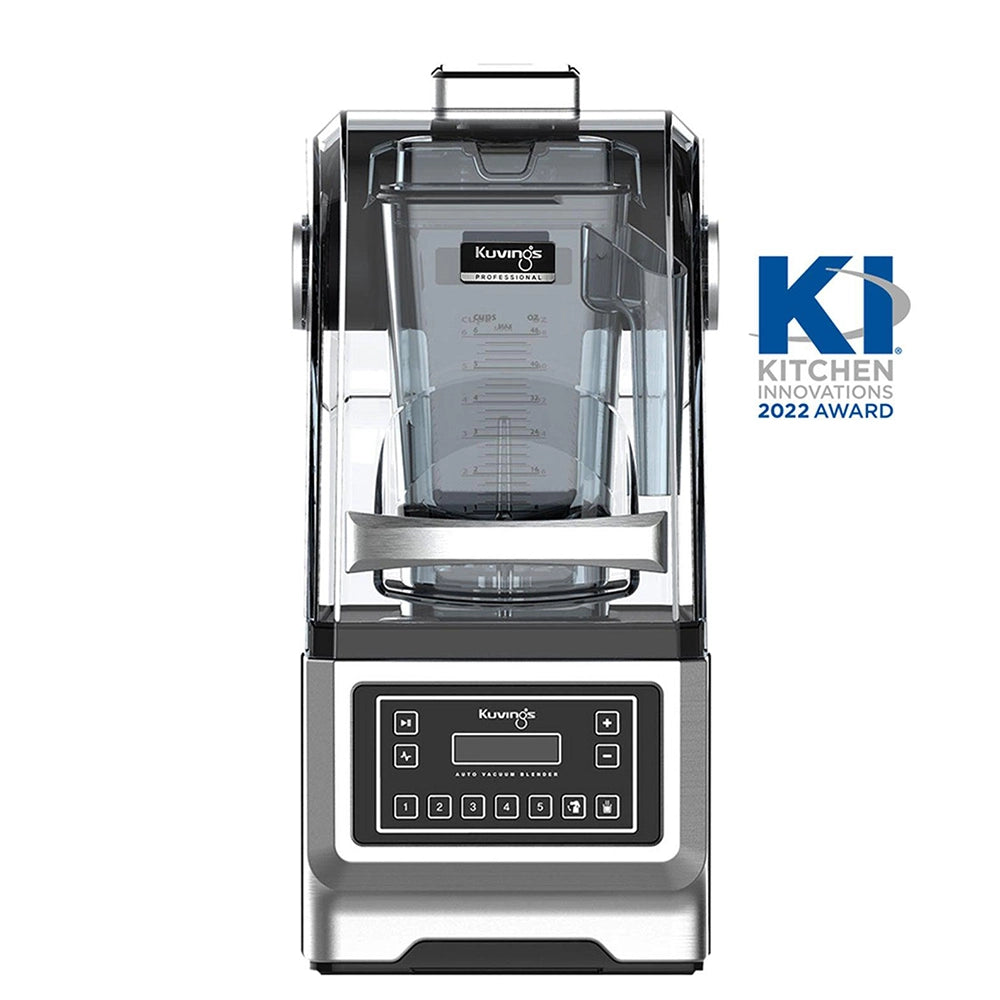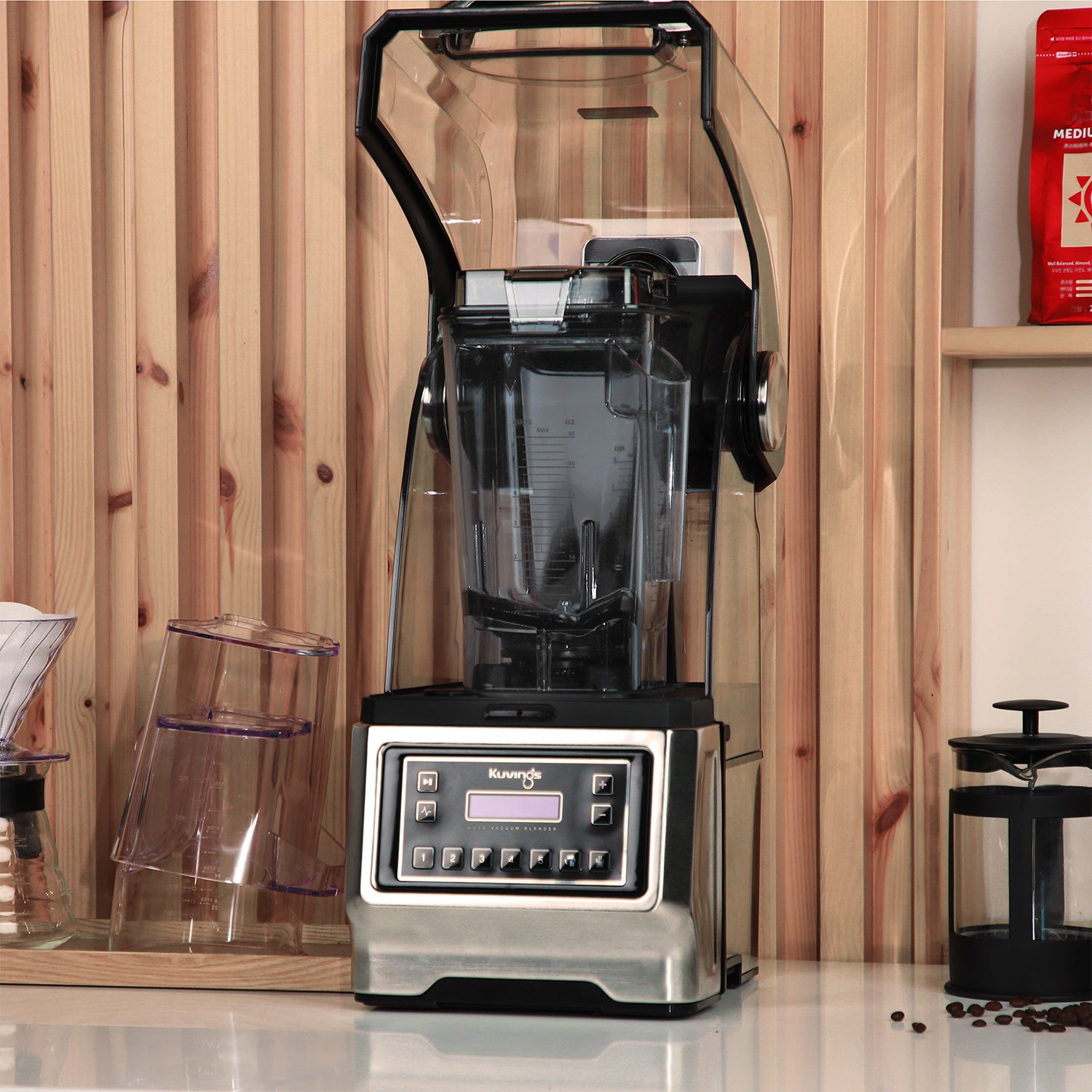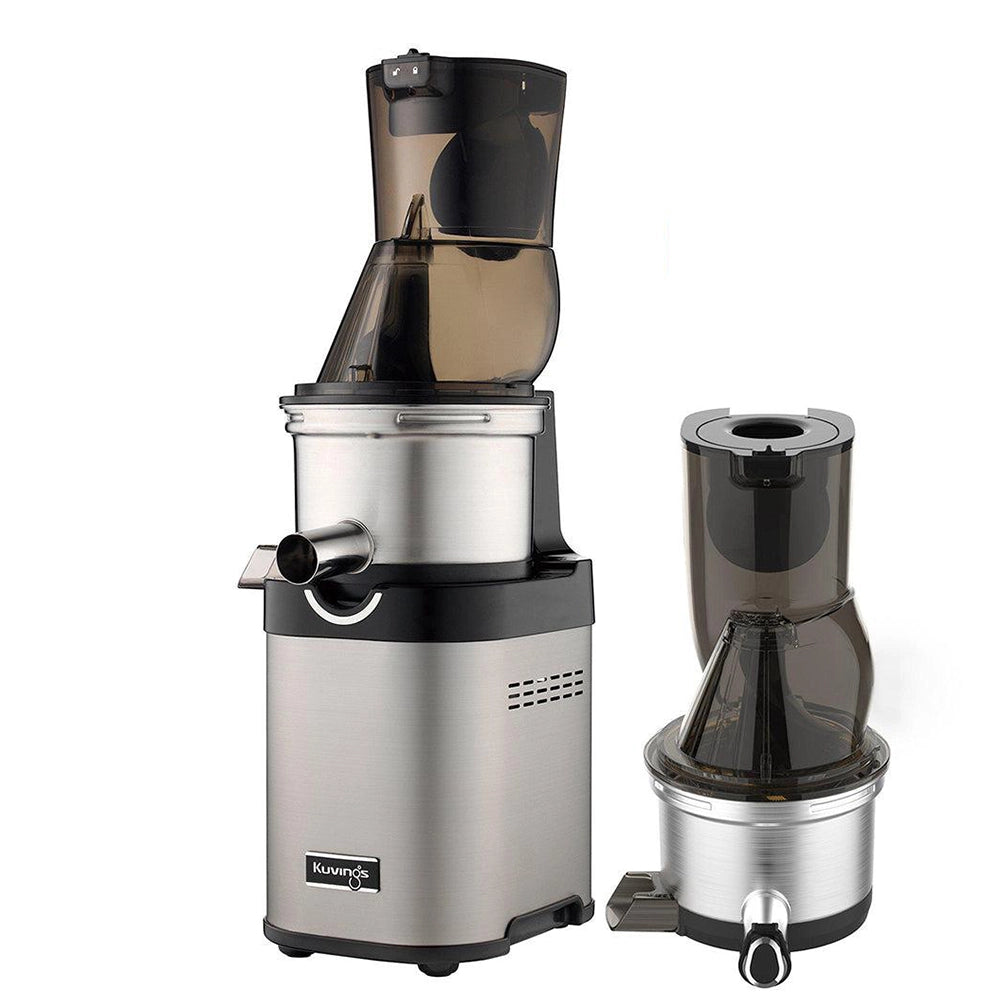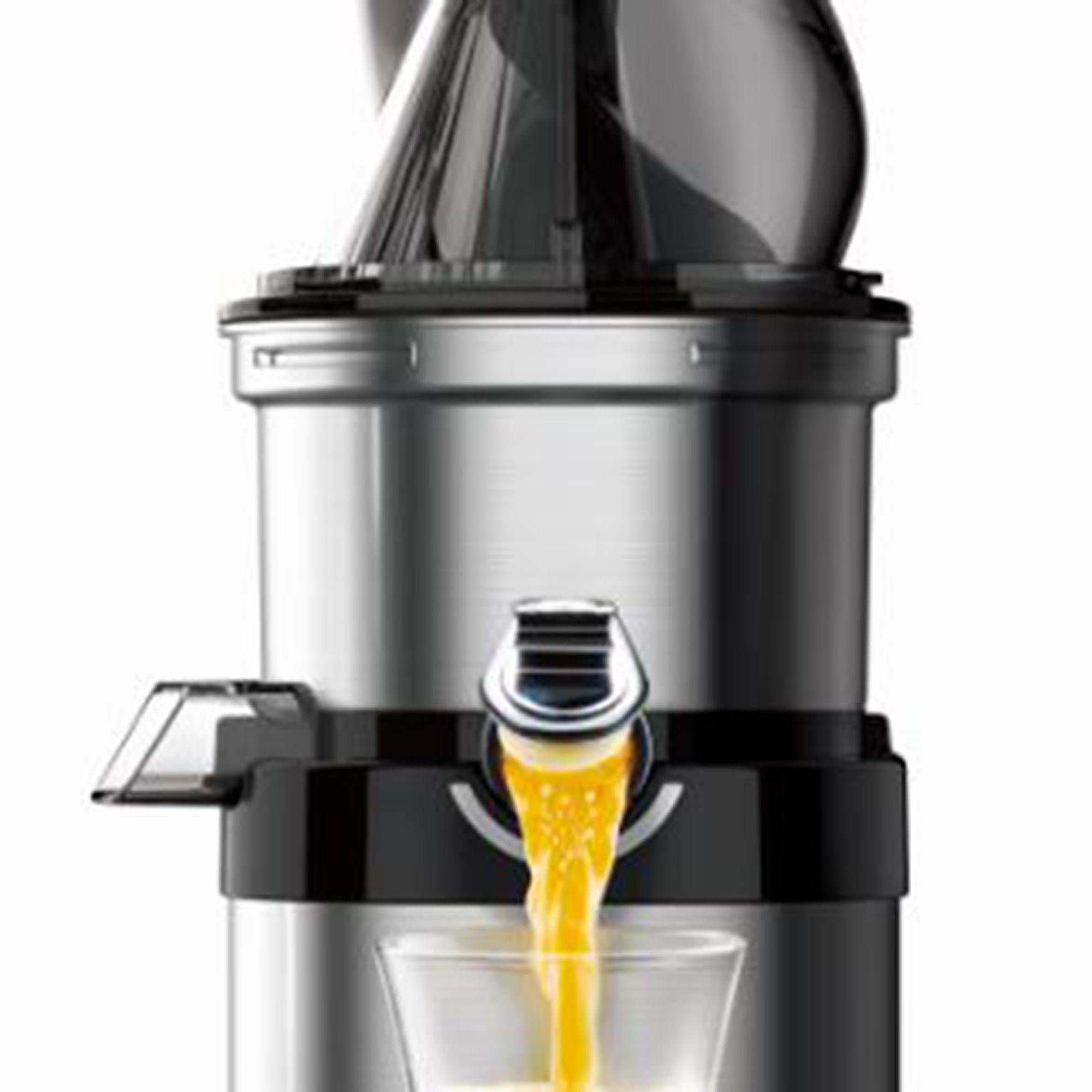Celery is a powerful ingredient due to its healing benefits. However, its long, stringy fibers can make juicing it tricky. The good news is that you can enjoy fresh celery juice hassle-free with the right techniques!
Read until the end to get answers to common questions about celery juice!
1. The Best Celery for Juicing
The best celery for juicing is fresh, bright green, and snaps easily with a crunch sound. This celery has a high water content, and its long, stringy fibers will break easily when cut by the juicer.

Avoid celery that’s discolored, soft, bendy, and has wilting leaves. Old celery is dry, and its fibers won’t cut easily, leading to clogging.
We recommend storing celery in the refrigerator to keep it cold and firm. You also have the option of storing it in water in the fridge. This keeps the fibers from drying out and extends celery's shelf life.
2. How to Prep Celery
Be sure to clean your celery thoroughly. For produce cleaning tips, refer to our suggestions in our “How to Start Juicing for Beginners” blog.
You can juice your celery whole or chopped; Kuvings juicers can handle celery prepped either way. However, we advise juicing beginners or users with clogging concerns to chop their celery.

You can also choose whether to juice the leaves. Juicing celery leaves creates less waste, but they add extra bitterness.
3. How to Feed Celery
Because Kuvings has two types of juicers, hands-free and manual-feed, the feeding techniques differ. We’re breaking down both below.
Hands-Free Juicers (AUTO10 Series)
The AUTO10 and AUTO10 Plus have auto-hoppers designed for pre-loading and self-feeding.
You can pre-load your celery, regardless of whether it’s in long ribs or chopped pieces. Packing long ribs into the hopper may feel tempting, but leave some room for the ribs to move around in the hopper.
Once loaded and on, the AUTO10 juicers will automatically cut the celery and transfer it to the juicing chamber. This means you don’t have to stand there and feed the juicer—the beauty of hands-free!
Manual-Feed Juicers
Manual-feed juicers require some patience with an ingredient as fibrous as celery.
Feed one rib or one handful of chopped celery at a time. Wait for the juicer to process that portion before feeding more.
When you feed too much celery at once, it becomes more difficult for the juicer to chop all the fibers into smaller pieces. Long fibers could build up and create clogging.
4. How to Troubleshoot Clogging
Clogging is more likely to occur with fibrous ingredients such as celery.
Two indicators of clogging are when the pulp stops moving completely or the juicer stops operating. No pulp movement indicates the pulp is building up in the machine, possibly blocking pathways. A stopped juicer is a sign that it’s overwhelmed or overheating from severe clogging.
We have two recommendations to avoid clogging during a juicing session.
Use the reverse button
If your pulp starts moving slowly despite normal juice production, press the reverse button to send pulp back up or dislodge stuck pieces.
Hold the reverse button for a few seconds, then press the forward button. Repeat this process if needed.
The reverse button is a helpful feature for clogging issues. It can put your juicer back on track without requiring you to disassemble and clean it.

Remove excess pulp from the parts
Consider removing the pulp from the parts between batches when juicing multiple batches of celery. This may mean removing the pulp by hand or giving the parts a quick rinse under water. Cleaning the pulp will prevent pulp from building up and clogging your juicer.
Celery Juice FAQs

1. What are the benefits of drinking celery juice?
Celery juice is beneficial for hydration and can aid in detoxification and weight loss. It also lowers inflammation, lowers blood pressure, and improves digestion.
2. When should I drink celery juice?
You can drink celery juice any time! Many people drink celery juice on an empty stomach in the morning because they believe nutrient absorption is quicker. However, there isn’t enough evidence to support this claim.
3. Can I juice celery with other ingredients?
Yes! You can make carrot-celery juice, cucumber-celery juice, apple-celery juice, and many other combinations. These ingredients can help tone down the bitter flavor of celery juice.
4. How long does celery juice last in the fridge?
Celery juice lasts up to 3 days in the fridge if kept in an airtight container and made with a slow, masticating juicer.
5. What do I do with celery juice pulp?
Our favorite use of celery juice pulp is making it into celery pulp brownies! Explore more pulp ideas in our “What to Do with Juice Pulp & Nut Milk Pulp” blog.
Follow @kuvingsusa on Instagram, Facebook, and YouTube for more tips and recipe inspiration.
Still need help? Contact customer support.
____
REFERENCES:
Is Celery Juice Healthy? All You Need to Know | Healthline
Does celery juice have health benefits? | Medical News Today

